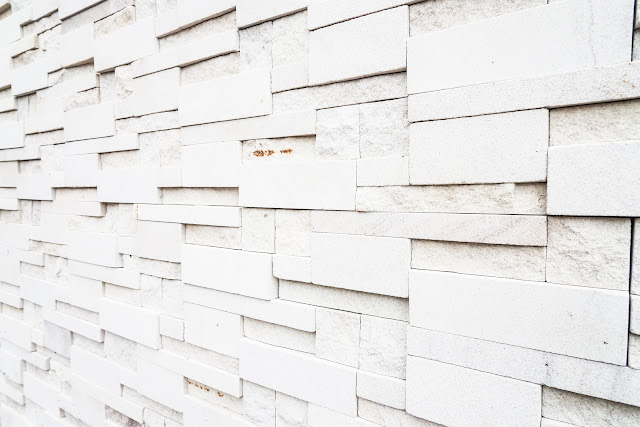Transform Your Surfaces with Stylish Micro Topping
In the world of modern interior design and surface finishes, micro topping has become a go-to solution for architects, designers, and homeowners who seek minimalism, elegance, and durability. This thin cement-based coating offers a sleek, seamless appearance and can be applied over various surfaces, both new and old. Whether you're remodeling a home or revamping a commercial space, micro topping offers a perfect blend of style and strength.
What is Micro Topping?
Micro topping is a decorative, cementitious overlay system made of a mix of polymer and fine aggregates. It’s applied in very thin layers—typically 2 to 3 millimeters—over existing surfaces such as concrete, tiles, wood, and more. This high-performance coating creates a smooth, seamless finish that mimics polished concrete or stone, making it ideal for modern, industrial, or minimalist design themes.
Micro topping is not only a visual upgrade—it also enhances the structural properties of the surface. It is used on floors, walls, countertops, stairs, and even furniture, offering unmatched versatility for both interior and exterior applications.
Benefits of Micro Topping
1. Seamless Aesthetic Appeal
One of the standout features of micro topping is its ability to create a continuous surface without joints or grout lines. This gives a sleek, elegant look and makes any space appear more spacious and cohesive. Whether you prefer a matte, satin, or glossy finish, micro topping can be customized to match your design vision.
2. Strong and Durable
Despite being only a few millimeters thick, micro topping is highly durable. It resists abrasion, cracking, and UV exposure, making it perfect for both residential and commercial applications. Once sealed, it becomes resistant to water, stains, and daily wear and tear.
3. Applied Over Existing Surfaces
One of the biggest advantages of micro topping is its ability to be applied over existing surfaces without the need for demolition. This makes it a cost-effective and time-saving option for renovations. Whether you're dealing with old tiles, worn-out concrete, or wooden floors, micro topping can breathe new life into your space.
4. Easy Maintenance
The smooth, joint-free surface of micro topping is very easy to clean. Regular sweeping and occasional mopping with a mild cleaner are all it takes to maintain its beauty. Its sealed surface prevents dust, dirt, and stains from penetrating.
5. Customizable Finish
Micro topping is available in a variety of colors, textures, and finishes. From earthy tones to industrial greys and vibrant hues, you can customize your surface to suit any design concept. Textures can range from smooth and polished to rugged and rustic.
Popular Applications of Micro Topping
1. Floors
Micro topping floors offer a stylish alternative to tiles or hardwood. Their seamless finish and industrial look make them popular in lofts, offices, and high-end retail spaces.
2. Walls
On walls, micro topping creates a striking visual effect. It’s ideal for feature walls in living rooms, lobbies, or bathrooms.
3. Countertops and Furniture
Kitchen countertops, bathroom vanities, and even tables can be transformed using micro topping for a modern concrete finish that’s both durable and chic.
4. Outdoor Surfaces
Micro topping can also be applied to outdoor patios, terraces, and pathways due to its weather-resistant properties.
Conclusion
Micro topping Dubai is more than just a surface finish—it’s a modern design solution that combines style, performance, and flexibility. Its ability to renew old surfaces, withstand heavy use, and adapt to any aesthetic makes it a smart investment for both residential and commercial spaces. If you’re looking to elevate your interiors or exteriors with a clean, contemporary look, micro topping is the perfect choice.

.jpg)


Comments
Post a Comment